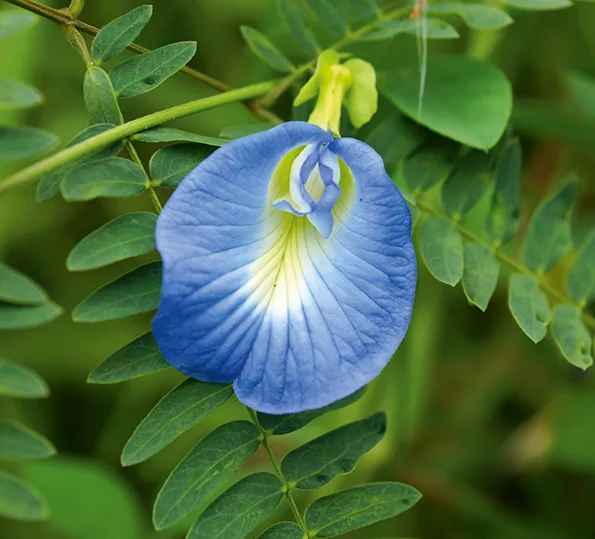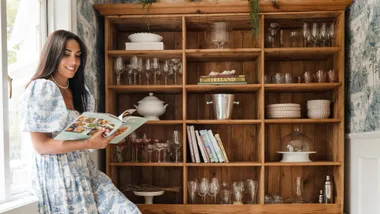A great weight has been lifted from my shoulders. After intensive internet research, I’ve discovered several sites that demonstrate the pronunciation of the botanical names of plants.
I will be able to say Agave parryi var huachucensis at parties without making a fool of myself, and skite about how well my Ophiopogon planiscapus var nigrescens is doing.
Actually, I probably won’t, because my memory for such things is less than sharp. But the good news is, most experts on botanical nomenclature agree there’s really no right way or wrong way to say these names, and we should all be doing what comes naturally. So there.
Someone by the name of Caroli Linnaei is to blame for our confusion. He was the Swedish naturalist who in 1753 came up with the system of naming plants that we use today. Before that, they were named without any standardised rules, and often their names contained a series of descriptions that could have run to 10 words long.

The beautiful butterfly pea.
This became rather unwieldy as more and more plants were discovered, so Caroli championed for a two-word naming system to identify plants. He identified the first word (genera) as a broad grouping of related plants, and the second word (species) more specific to the plant.
Seedsman J.L. Hudson of California has an interesting and amusing take on the issue. He says many biological names are based on Greek, a mix of Latin and Greek, or on the local name of a plant in the language of the area the plant was discovered. They can be based on people’s names (Carnegia, Jeffersonia, Kennedia), place names (chinensis, californica, syriaca), and even anagrams – (Podranea is just the letters of the related Pandorea rearranged).
“And I’m sure there’s a plant name out there that is an anagram of the name of a woman the young taxonomist was daydreaming about on the day he had to name the species he was describing,” he wrote. “In fact, Clitoria ternatea, the butterfly pea, is named after the supposed resemblance of the flower to part of the female anatomy. That taxonomist really needed to get out more!”
Since taxonomists have a sense of humour, we should all lighten up a bit when it comes to plant names, Hudson reckons.
Trying to force a botanical name to follow the rules of Latin pronunciation is a fool’s game, since we don’t really know how the Romans spoke. And why imitate a bunch of dead guys anyway? We don’t speak English like Shakespeare, or Spanish like Cervantes, and English speakers from Invercargill, Auckland, Boston, San Francisco, London, Brisbane and Mexico City all sound different, so why should botanical names always sound the same?
All very good reason not to stress about pronouncing botanical names. When in doubt, use common names. Creeping Jenny is far more descriptive and appealing than Lysimachia nummularia, and Erythronium tuolumnense sounds much cuter when you know it’s a trout lily. As for the aforementioned Ophiopogon planiscapus var nigrescens,
I was going to show off with? Plain old Black Mondo!
Sites that offer spoken pronunciations of plants names include:
Take a look at How to: Burn calories gardening here.











